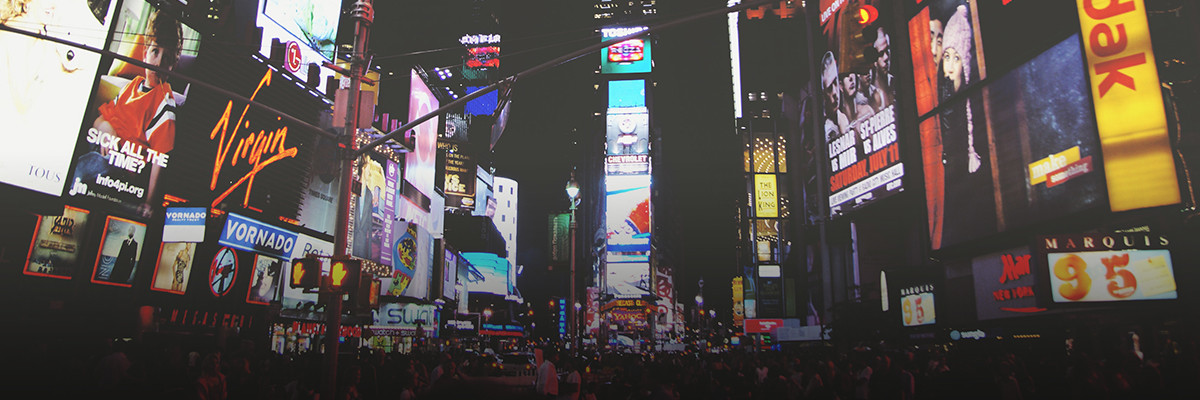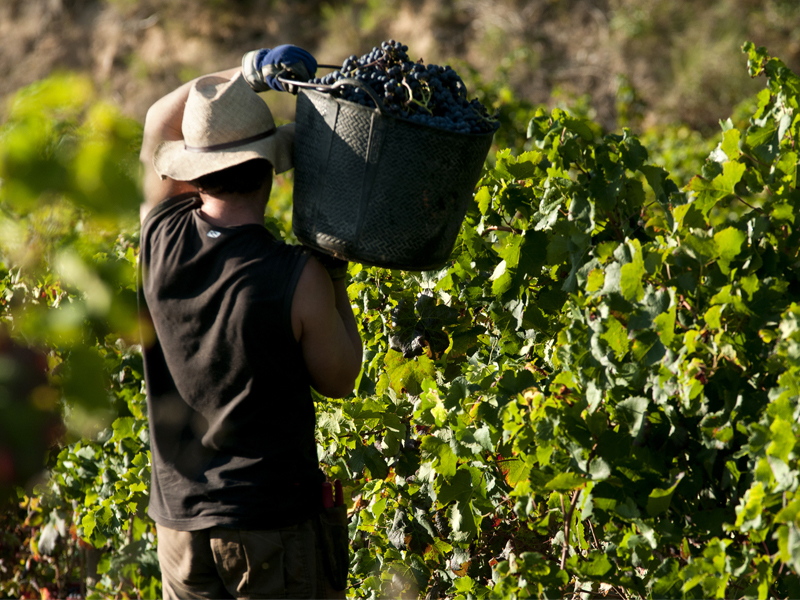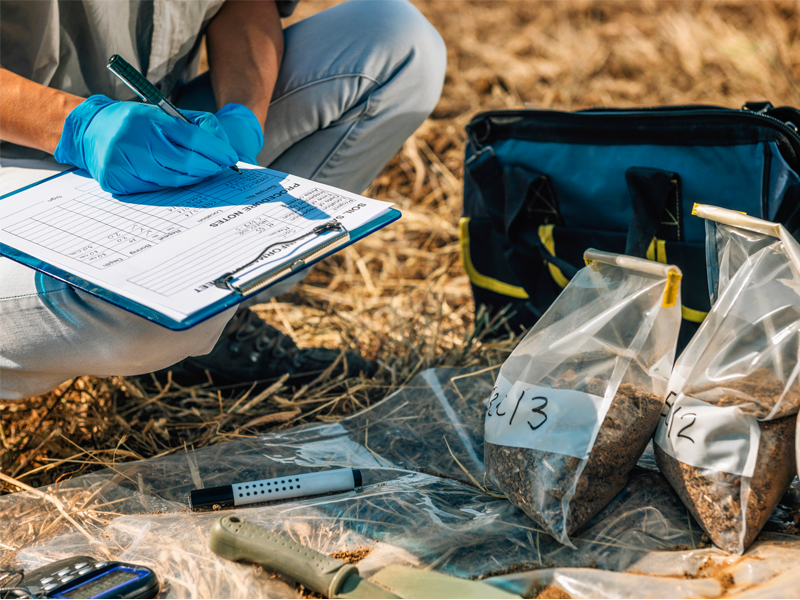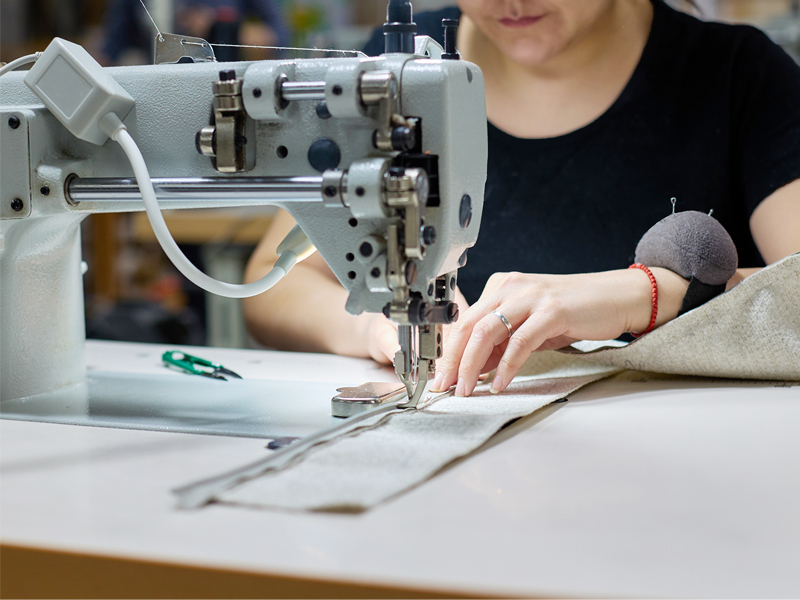
Business leaders possess a singularly powerful tool to build the world we all want to live in: their corporate brands. We witnessed this recently through a handful of remarkable Super Bowl 50 commercials. Brands such as Airbnb, Budweiser, and Coca-Cola aired politically charged commercials celebrating multiculturalism.
It’s well researched that brands capture consumers’ hearts and minds in an incredibly powerful way. Brands can inspire people to be more tolerant of other cultures, empower women, or conserve resources. Not only can brands make a positive difference, but when they seriously engage with issues like inclusion and diversity, greenhouse gas emissions, raw materials and product design, or labor issues, they can build winning brand strategies.
One of the most talked-about demonstrations of this in practice is Unilever’s “sustainable living” brands, which are growing 30 percent faster than the rest of the business. These brands—including Ben & Jerry’s, Dove, and Knorr—have put societal and environmental responsibility at the very core of their brand strategies, shaping not only brand communications but also community engagement, product innovation, and the supply chain.
In short, the discipline of sustainability can be the brand manager’s best friend. An understanding of social, environmental, and economic impacts can precisely identify the big issues that a brand can credibly address and that are relevant to the organization's strategy, purpose, and material issues. This understanding can also drive insights and creative thinking. Brand managers and sustainability professionals can work together to define meaningful metrics, such as demonstrating success in brand affinity or societal impact.
Yet many businesses are missing these huge opportunities. Sometimes, the brands in their portfolio haven’t fully embraced the corporate-level sustainability strategy, or brand owners haven’t thought through how improved sustainability practices can drive brand desirability, business growth, and innovation.
Integrating sustainability into brand strategy requires a different approach for brand and sustainability teams that may not have worked closely together before. After all, how many brand specialists will be familiar with materiality assessments or, conversely, sustainability experts with the intricacies of brand keys?
Yet, this collaboration can transform the positioning of sustainability within an organization and deliver a purpose-led brand that is differentiated in the market and drives growth. In short, it's a win-win.
To integrate sustainability into the brand strategy requires a two-step process. Brand owners and their creative agencies should start by gathering and refining consumer and cultural insights related to the organization’s sustainability commitments. They then use these insights to create a toolkit whose aim is to help brand managers make the leap from abstract sustainability strategy to consumer-led brand strategies. For example, a brand in a declining fragrance market might find ways to engage women who are concerned about allergens and perfumes when pregnant. A laundry brand, aware of increasingly frequent water crises, could formulate a low-rinse formulation, which creates a consumer benefit, increases brand love, protects its market, and helps alleviate a serious and deepening environmental problem.
In developing the toolkit, it is critical to get inspiration from other brands—both in and out of category—that have embedded sustainability commitments into their core brand strategy or as long-running campaigns. And “steal with pride”—use existing internal brand key or innovation models to help translate the organization’s sustainability commitments to the brand level.
The next step is to work with each brand to figure out how it delivers on the company’s sustainability commitments and, more importantly, how it can leverage sustainability to build brand equity. By examining the toolkit, the specific brand key, consumer insights, and the product innovation pipeline, the brand can identify positioning territories, product innovation ideas, and campaign-able areas to drive brand growth. The process considers the brand’s existing or potential purpose (its role in the world) and its products (encapsulating social and environmental impacts). This process allows brands to build a marketing roadmap to implement in house or alongside their marketing agencies.
But the process can be challenging, and so, we want to share five lessons we’ve learned from working with multi-brand clients in the luxury, beauty and personal care, food, and retail sectors.
- The process is part art and part science. It combines rigorous process, technical knowledge, consumer insight, and creative thinking. The answers won’t be immediately obvious.
- Take a robust approach to filtering corporate commitments, and only focus only on those that are relevant and authentic to the brand and its consumers.
- Involve brands at the earliest opportunity. A purely top-down approach takes too long, and marketers move very quickly once brand-building value is understood.
- Involve R&D early in the process, as the team’s input, especially on sustainable product innovation, will be invaluable.
- Ask yourself whether the revised brand positioning passes the sniff test—does it feel authentic? If not, don’t press on.
As business leaders try to make sense of the rapidly changing world around them, one of the most powerful things they might do this quarter to boost the top line and fulfill their duties as corporate citizens, is to invite their brand and sustainability teams to collaborate more meaningfully on the products and marketing campaigns they will bring to life. Now is the time to move to this still largely unexploited phase of sustainability and reap the rewards.
BSR’s latest sustainability insights and events straight to your inbox.
Topics
Let’s talk about how BSR can help you to transform your business and achieve your sustainability goals.








